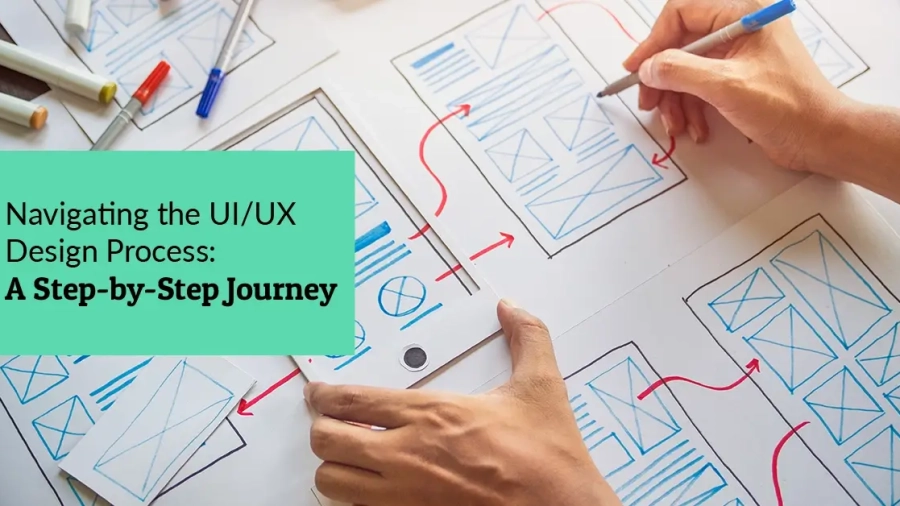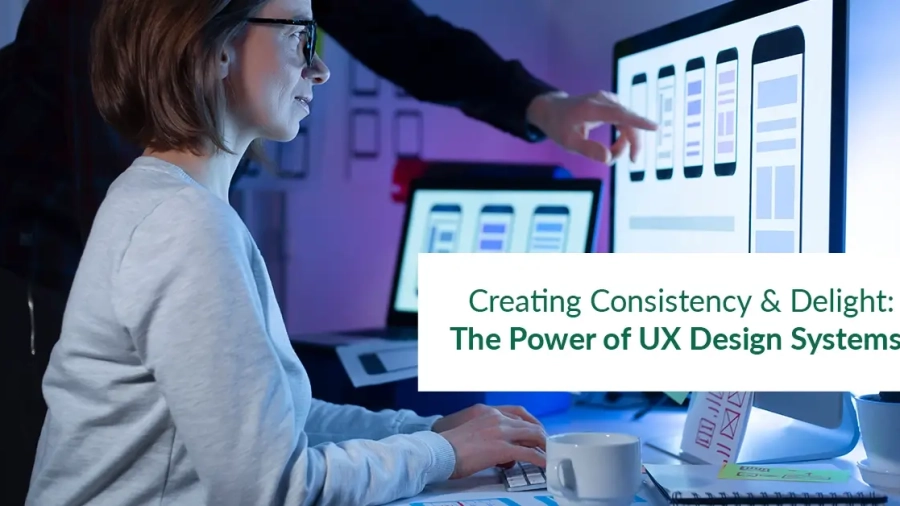What is User Experience?
User experience (UX) refers to the value and satisfaction users derive from interacting with a product. It focuses on improving usability, accessibility, and pleasure in the user’s interaction. By understanding user needs and designing accordingly, organizations can create products that provide a positive and enjoyable user experience, leading to increased satisfaction and business success.
Why User Experience is Essential for Success
“Design is the silent ambassador of your brand.” – Paul Rand
The importance of user experience (UX) in achieving success cannot be overstated. As stated by Paul Rand, design acts as a silent ambassador for your brand, and this holds true for user interfaces as well. It goes beyond mere visual appeal, effectively representing your product and building trust among customers.
By providing a seamless and enjoyable user experience, you enhance customer satisfaction and establish a sense of reliability. This ultimately leads to customer loyalty, ensuring that they choose your brand when in need of related products or services. User experience design is crucial in aligning with your business objectives and leaving a lasting impact on your target audience.
Designing Exceptional User Experiences: A Practical Guide to UI/UX
Crafting a successful UI/UX design is an essential aspect of product development, as it ultimately determines the future and success of your offering. To create an impactful UI/UX design, it is important to prioritize the needs and preferences of your target audience throughout the design process.
By deeply understanding your target audience, their behaviors, and their pain points, you can develop intuitive, engaging, and memorable experiences that resonate with them. This involves carefully considering the structure, content, and overall user experience to ensure that it aligns with your business goals and user expectations.
To excel as a UI/UX designer, it is important to adopt a customer-centric mindset and continuously strive for simplicity, intuitiveness, and user satisfaction. By doing so, you can create products that not only meet but exceed user needs, differentiate your brand, and pave the way for long-term success.
The UI/UX design process is a systematic methodology that enables businesses to create optimal user interfaces. By following this process, you can avoid the need for constant redesigning. Now, let’s explore the five phases of the UI/UX design process, each of which is carefully analyzed by the responsible department in your organization to ensure excellence.
“Mastering the UI/UX Design Process: Five Essential Steps for Achieving Success”
The UI/UX design process is a structured approach that empowers businesses to develop exceptional user interfaces. Adhering to this process eliminates the need for constant redesign and ensures a streamlined design journey. Let’s explore the five key phases of the UI/UX design process, meticulously analyzed by the responsible department within your organization to ensure excellence.
Phase 1: Research and Analysis
This stage involves gathering valuable insights on user needs, market trends, and competitor analysis. These insights form the basis for informed design decisions.
Phase 2: Planning and Strategy
Create a comprehensive plan and strategy that outlines project goals, user personas, user flows, and information architecture. This step establishes a clear roadmap for the design process.
Phase 3: Design and Prototyping
Develop wireframes, mockups, and interactive prototypes to visualize the interface structure and interactions. This phase allows for iterative testing and refining of the design.
Phase 4: Testing and Evaluation
Conduct usability testing to collect user feedback and identify areas for improvement. Evaluate the design’s effectiveness in meeting user needs and goals.
Phase 5: Implementation and Iteration
Collaborate with development teams to implement the interface, continuously iterating and refining the design based on user feedback and evolving requirements.
By embracing these phases, organizations can ensure a meticulous and effective UI/UX design process, resulting in outstanding user interfaces that align with business objectives.
Till It Clicks’ Approach to Client Projects: A Guided UX/UI Design Process
Till It Clicks, a reputable UI/UX design firm based in India, is highly skilled at executing a well-organized design process for client projects. Our proficiency and dedication to customer satisfaction are clearly reflected in the exceptional results we deliver. Here is a summary of the fundamental stages we follow.
Understanding Client Needs: We begin by thoroughly understanding what the client wants and the scope of the product. We have detailed discussions with key people involved to ensure everyone is on the same page.
Thorough UX Research: We conduct extensive research to learn about the market and analyze what competitors are offering. We also study users to understand their needs, expectations, and challenges.
Customized UX Design: Our team works together to analyze the research findings. We create customized profiles of target users, map out their interactions, and design their journey to meet their specific needs.
In-depth UX Design: We follow a step-by-step process to design the user experience. We start with sketches, then create digital blueprints and highly detailed prototypes. Through repeated testing and improvement, we make sure the designs are easy to use and functional.
Comprehensive Testing: We rigorously test our designs using different methods to ensure they meet the needs and expectations of the users.
Efficient communication and seamless collaboration within our team enable us to execute each stage of the design process with utmost proficiency and meticulous attention to detail.
By adhering to this well-structured approach, we consistently deliver extraordinary UI/UX design solutions that surpass client expectations and drive significant business success.
Conclusion
Following a systematic and organized UI/UX design process is crucial for creating amazing user interfaces and experiences. By implementing a well-defined design process strategy, you can ensure consistency, efficiency, and outstanding results.
Engaging a professional UI/UX design agency can be highly beneficial for your next project.
Their expertise, experience, and creative insights can elevate your design to new heights. They will have a team of skilled designers, researchers, and testers who will work collaboratively to bring your vision to life.
Partnering with a leading UI/UX design agency will not only enhance the overall experience for your users but also help you stand out in the competitive market. It is a strategic investment that can contribute to the success and growth of your business.
Consider reaching out to a reputable UI/UX design agency to embark on your next project and witness the positive impact of exceptional design on your customers and business.


